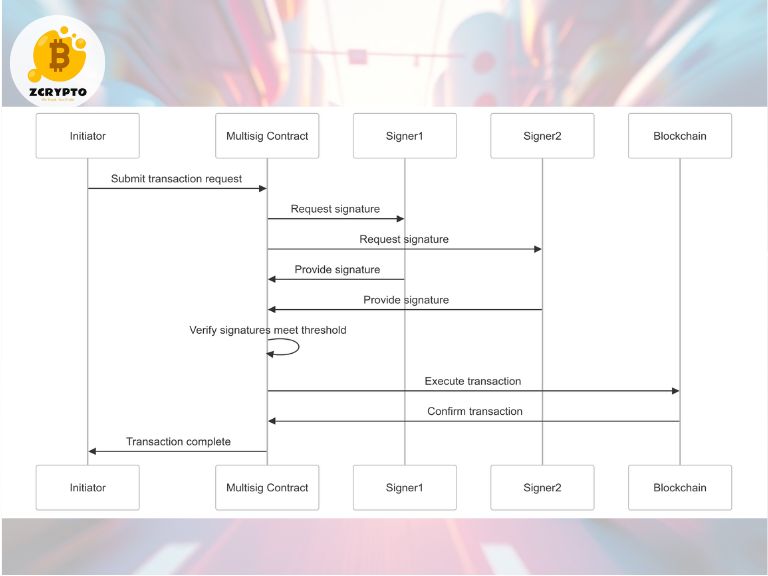Introduction
The 1040A form, once a staple for many taxpayers, was designed to simplify the tax filing process for individuals with straightforward financial situations. Historically, it was introduced as a shorter and more streamlined alternative to the standard Form 1040. However, starting from the 2018 tax year, the IRS eliminated the 1040A form and replaced it with a redesigned version of Form 1040 that aims to be more user-friendly for all taxpayers.
- Unlocking Success: How to Become a Top Broker in Finance and Investment
- Understanding 60-Plus Delinquencies: Impact on Credit Scores and Financial Health
- Unmasking Boiler Room Scams: How to Protect Your Investments from High-Pressure Fraud
- What is Music NFT? Transforming Artist-Fan Relationships
- Mastering the Bear Spread: A Comprehensive Guide to Bearish Options Strategies
This guide will walk you through the eligibility criteria, income limits, types of income allowed, deductions and adjustments, and tax credits that were available on the 1040A form. Even though it’s no longer in use, understanding its specifics can be helpful for historical purposes and for comparing it with the current tax filing options.
You are viewing: Ultimate Guide to the 1040A Form: Eligibility, Income Limits, and Tax Credits
Eligibility Criteria for Form 1040A
To be eligible to file Form 1040A, your taxable income had to be less than $100,000. This form was tailored for individuals with simple income sources such as wages, salaries, tips, interest, dividends, capital gains from the sale of securities or real estate, unemployment compensation, pensions, annuities, and certain other specified sources.
However, certain types of income were not allowed on this form. For instance, you couldn’t report business income from self-employment or income from incentive stock options. The filing status requirements were also specific: you could file as single, head of household, married filing jointly, married filing separately, or qualifying widow(er).
Types of Income Allowed on Form 1040A
The 1040A form was designed to accommodate a variety of common income sources. You could report wages from your job, salaries, tips you received as part of your employment, interest from savings accounts or bonds, dividends from stocks or mutual funds, and capital gains from selling securities or real estate.
See more : Unlocking Active Management: Strategies, Benefits, and Risks in Investment Portfolio Management
On the other hand, income from self-employment or business operations was not eligible for reporting on this form. If you had such income sources or more complex financial situations like rental income or farm income, you would need to use Form 1040 instead.
Deductions and Adjustments on Form 1040A
When using Form 1040A, you were limited in terms of deductions you could claim. Unlike Form 1040, which allows itemized deductions, the 1040A form only permitted the Standard Deduction. However, there were some adjustments and deductions available such as student loan interest deductions, post-secondary tuition and fees deductions (before they were phased out), classroom expenses (for educators), and IRA contributions.
These deductions helped reduce your taxable income but were much more limited compared to what was available on the standard form.
Tax Credits Available on Form 1040A
One of the significant benefits of filing Form 1040A was the ability to claim various tax credits that could significantly reduce your tax bill. These included:
- Earned Income Tax Credit (EITC): A refundable credit for low-to-moderate-income working individuals and families.
- Child Tax Credit: A credit for each qualifying child under age 17.
- Child and Dependent Care Credit: For expenses related to childcare or adult care that allows you to work or look for work.
- Credits for the Elderly or Disabled: For older taxpayers or those with disabilities.
- Retirement Savings Contribution Credit: For contributions made to retirement accounts like IRAs or 401(k)s.
These credits were particularly beneficial because they reduced your total tax bill on a dollar-for-dollar basis.
Comparative Analysis with Form 1040
See more : What is Music NFT? Transforming Artist-Fan Relationships
Compared to Form 1040, the 1040A form was much simpler and shorter. It was ideal for taxpayers with straightforward financial situations who did not need to itemize deductions or report complex income sources. However, if you had any of these complexities—such as business income, rental income, or significant itemized deductions—you would have had to use Form 1040.
The main advantage of using Form 1040A was its simplicity; it required less time and effort to complete. However, its limitations meant it wasn’t suitable for everyone.
Historical Context and Elimination
Historically, Form 1040A served as a simplified version of the tax return process. It was designed to make filing taxes easier for those with uncomplicated financial lives. However, starting from the 2018 tax year, the IRS decided to eliminate this form in favor of a redesigned version of Form 1040 that aimed to be more user-friendly across all taxpayer scenarios.
The new Form 1040 incorporates many features that were previously available on both Forms 1040A and EZ (another simplified form), making it easier for everyone to file their taxes without needing multiple forms.
Conclusion
In summary, while Form 1040A is no longer an option for filing taxes today, understanding its eligibility criteria, income limits, allowed types of income, deductions, and tax credits can still be valuable. This knowledge helps in comparing past filing options with current ones and appreciating how tax laws have evolved over time.
Additional Resources
For more detailed information about historical tax forms or current filing requirements:
– Check out IRS publications such as Publication 17 (Your Federal Income Tax) or Publication 501 (Exemptions, Standard Deduction, and Filing Information).
– Use tax preparation software guides which often include historical context and comparative analyses.
– Visit the official IRS website for up-to-date information on current tax forms and regulations.
These resources will help you navigate both past and present tax filing requirements with ease.
Source: https://summacumlaude.site
Category: Blog







